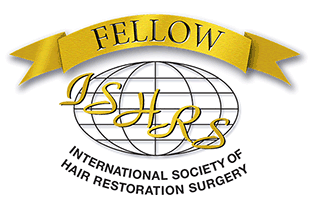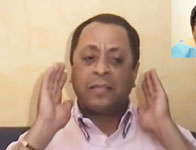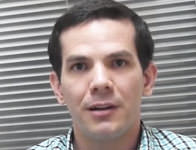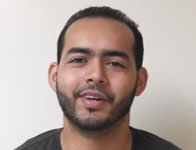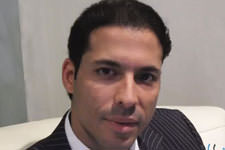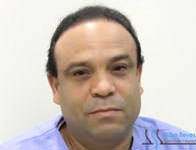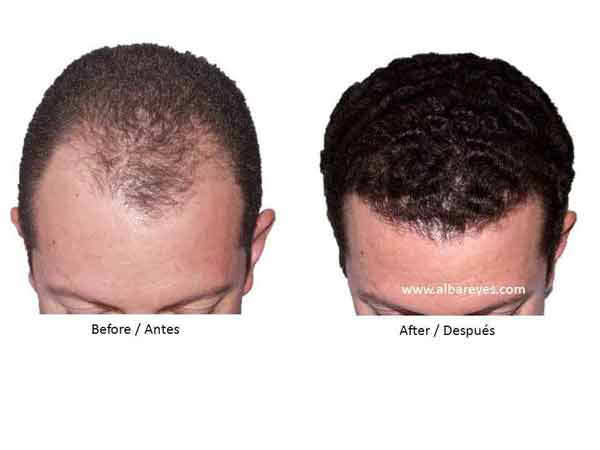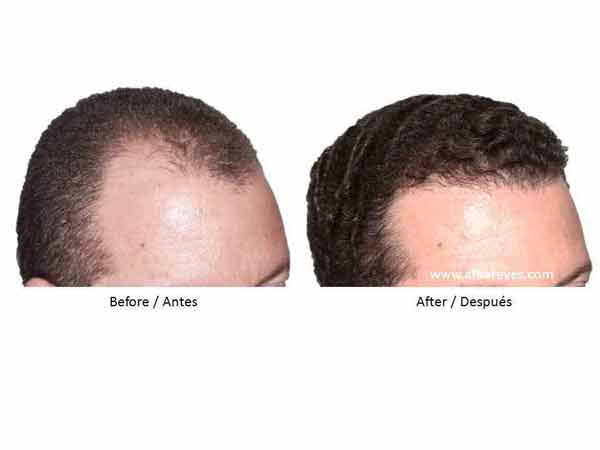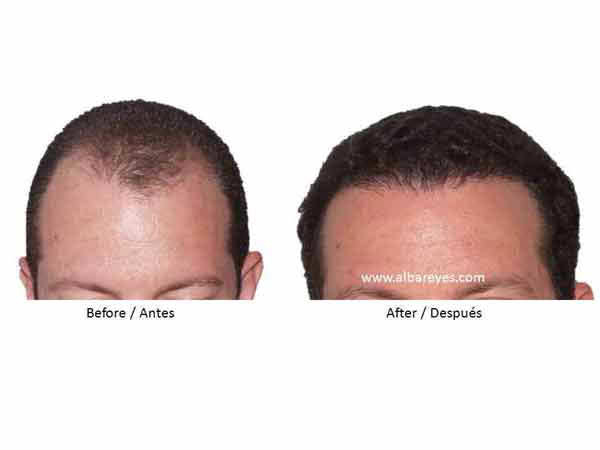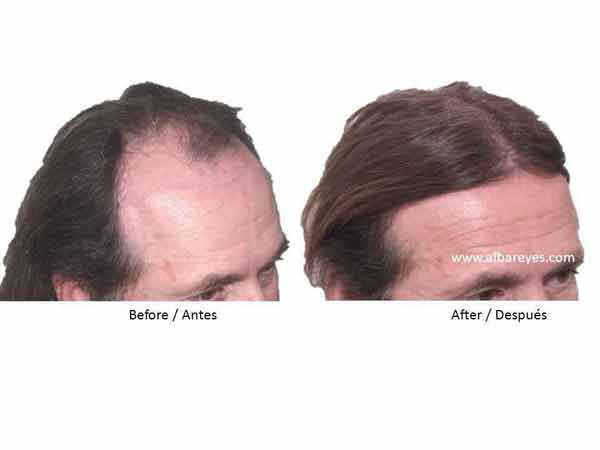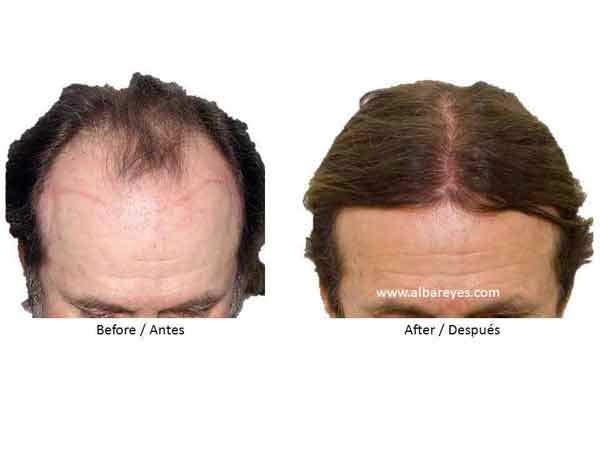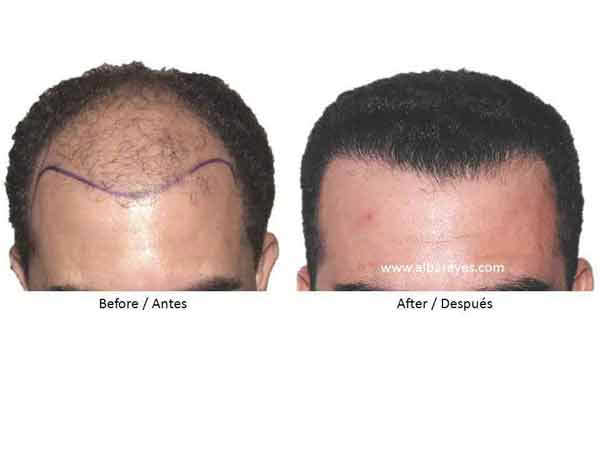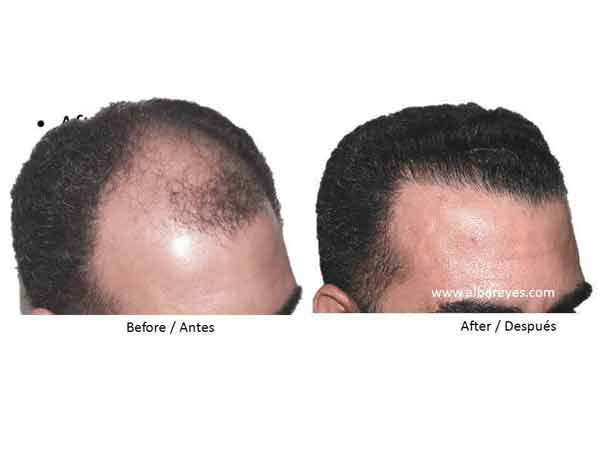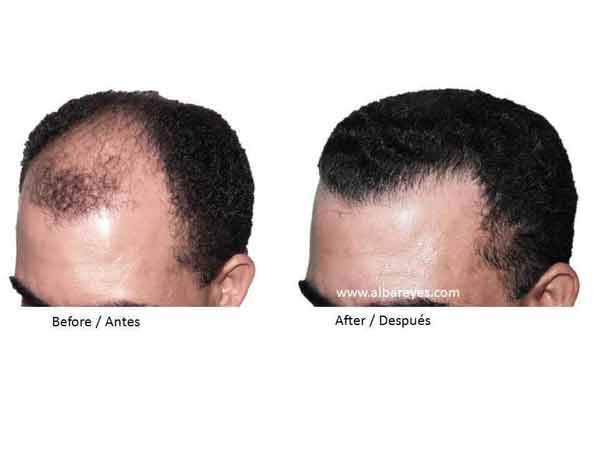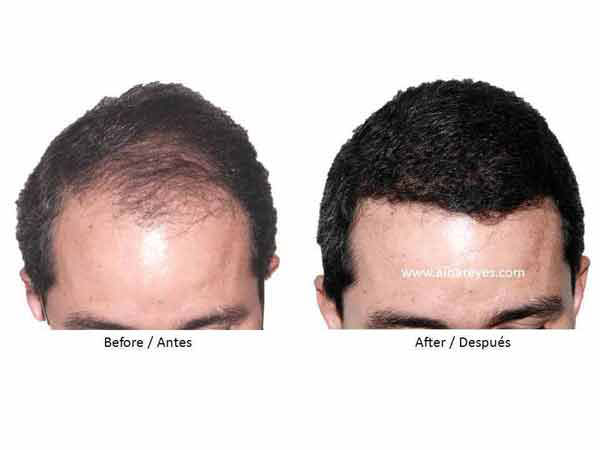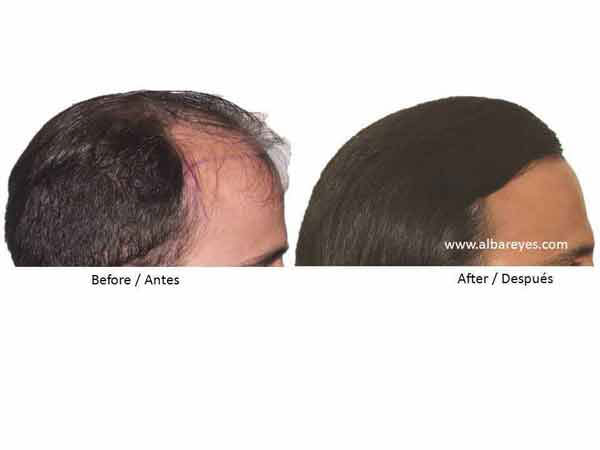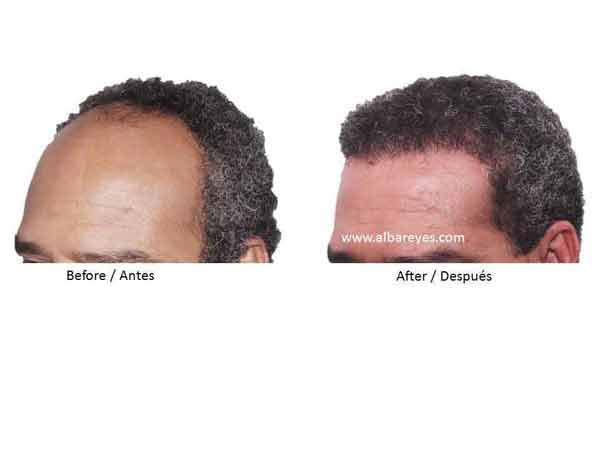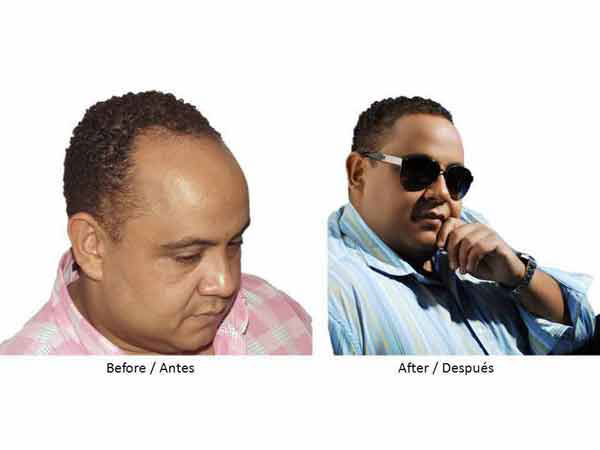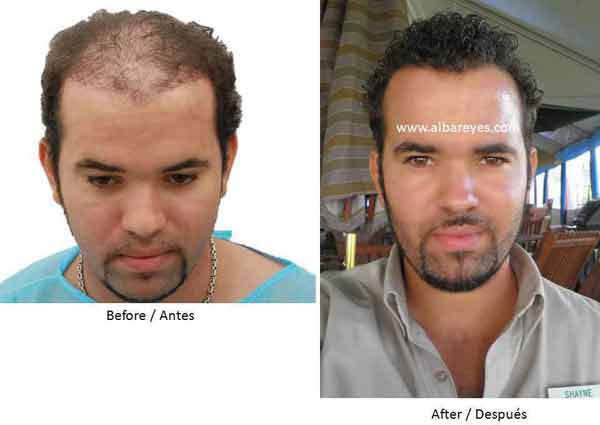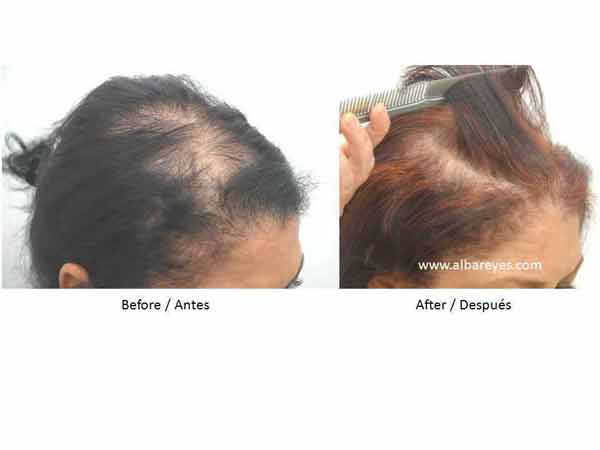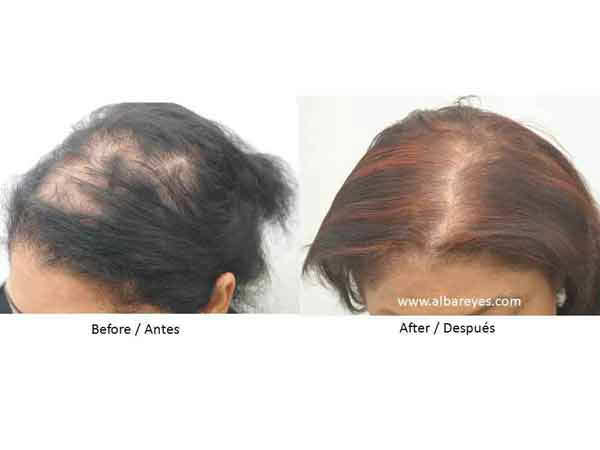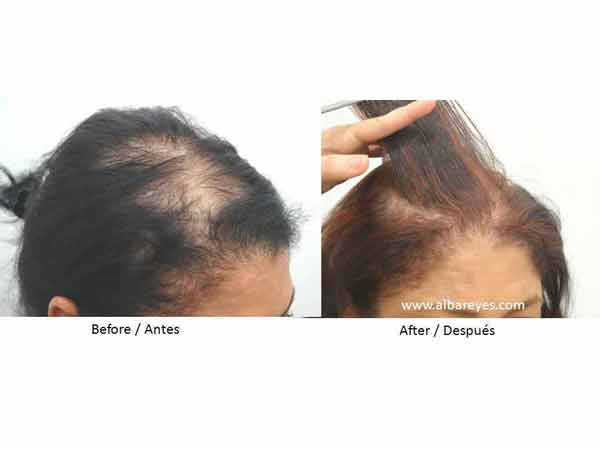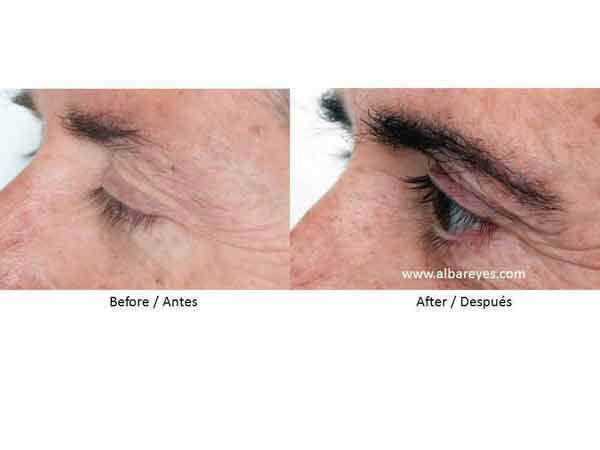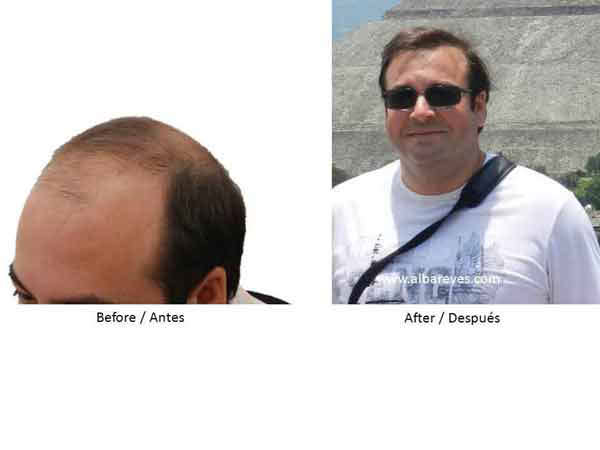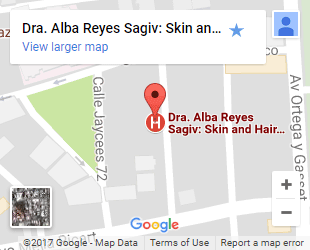Q1. Is hair transplant really effective in reversing baldness?
Yes. Hair transplant surgery has been successfully carried out over the last 35 years. It is a recognized medical procedure in the medical profession. The only variable factor is the resulting quality. The first techniques used (still used by some surgeons), gave the baby doll look, with hair growing in small clumps. But the latest advances in the use of micro grafts (follicular units), used in our institute have dramatically improved the results of hair transplant surgery. Our institute guarantees the results of the procedure as long as the patient follows the pre and post -operative instructions.
Q2. What are micro and mini grafts?
Micrografts are parts of the scalp that contain one, two or three follicular units. Mini grafts contain from four to eight capillary follicles. These small units of hair allow the creation of a natural appearance replacing the baby doll look, or the toothbrush look that has been thus far associated with hair transplant surgery. Dr. Alba Reyes places micro grafts of one to three hairs in small receptive incisions (0.5mm-0.9mm), along the scalp, generally along the hairline to give a natural and attractive look. With this technique, as well as the expertise and the unique artistic approach of Dr. Alba Reyes Sagiv, a natural appearance is achieved.
Q3. What are megasessions and how do they work?
Megasessions and SuperMegasessions are surgical procedures in the restoration of hair, where a large number of micro grafts are transplanted in a single surgical procedure (in case of a SuperMegasession as many as 7000-10000 hair follicles are transplanted). Dr. Alba Reyes has reached the conclusion that for most individuals, megasessions would be the best option for her patients. A SuperMegasession procedure could apply on fewer individuals because it requires an excellent donor zone in order to obtain a bigger amount of follicles.
Q4. What would be better for me: a Megasession or a small hair transplant procedure?
Some surgeons may suggest their patients to have few smaller procedures instead of one big procedure as the cost per small procedure is less expensive (with those surgeons that are charging according to the number of grafts) — and this may look attractive. But once you evaluate such offers, you will understand that it may be a marketing trick to attract patients (with a low fee per procedure) but in reality it may not be the best option because it would require you to have more procedures and more idle-days (meaning losing more working days) in order to achieve the same result that another patient could receive in just one Megasession.
Dr. Alba Reyes has expertise in doing such megasessions. In different cases when a patient may need to have between 2-5 sessions with another surgeon, he may obtain the same or better result with one megasession with Dr. Alba Reyes.
Q5. On what parameters can I compare hair transplant surgeons and their offers?
You should always try to evaluate and compare similar offers and parameters like:
- quantity of graft that will transplant
- the capacity and the experience of the surgeon and his team
- the technique being used by the surgeon
- track record with capacity to demonstrate real results on clear pictures or offer a 1:1 chat with a patient
- whether the surgeon is board-certified in the hair restoration field
- integrity of the surgeon and whether he/she compromises it to increase market share; and
- an easy exercise to find about it is to search on the Internet and on hard copies of magazines and promotion papers and to check if the written information really matches the CV of the surgeon.
We recommend not putting your head in the hands of a surgeon who is not sincere with publicly available information, as he/she may not be sincere with you as well. So you should choose a surgeon that you can trust for such an important treatment that will have a tremendous physical and emotional impact on you.
Q6. Can I afford hair transplant surgery?
A hair transplant is more affordable now than ever before. After a detailed evaluation of your hair loss and a discussion of your expectations, we will be able to offer you a realistic estimate of the time and costs necessary to achieve your desired objective or goal.
The surgery costs, in the case of many hair transplant surgeons, can often be very confusing. Some surgeons charge per graft, others per hair and still others for the complete surgery. You should always carefully consider whether the amount of balding area you would like covered, as well as the hair density desired can be met by your personal budget.
Our patients have confirmed to us that the results are great, and that the fee for this hair transplant is the best investment they have ever made. If you want, you can speak with some of our patients. Please contact us if you are interested.
We consider a hair transplant to be successful only when the patient is satisfied. Although the cost should be carefully considered, it shouldn’t be the only factor taken into account. In contrast to other hair loss treatments, the cost of each surgical procedure is one single expense (investment). We adopt a procedure and price that is in accordance with the circumstances and budget of each person. We can advise you on the best financial plan to suit your personal needs.
Q7. How do I know if I would be a good candidate for a hair transplant?
We will analyze your hair loss condition and explain what your personal options would be. To be a good candidate for a hair transplant, the determining factors include the amount of grafts necessary to produce the results that you desire, availability and density of hair follicles in the donor area, hair color, skin color, hair texture and a predicted future loss of hair. Virtually anybody (men and women) with a degree of hair loss can be a patient.
Q8. How is the Skin and Hair Transplant Institute of Dr. Alba Reyes different from other Hair Transplant clinics?
This is a very important question, and you must have a reliable answer for this question. In the Skin and Hair Transplant Institute of Dr. Alba Reyes, the staff is not rotational, and we maintain a great stability of our personnel. In many other groups the doctors come and go, which means that your doctor could be new and training on you! In our case it has been and will be ONLY Dr Reyes that will do the surgical procedure on you.
The main difference between our Institute and other clinics is the results. Dr Alba Reyes Sagiv uses small amounts of hair in each graft and these thousands of grafts are placed in your scalp according to the angle and direction of hair growth desired.
Dr Alba Reyes Sagiv creates uniquely designed hairlines, which are both aesthetic and have a natural look. It might not be the quickest and easiest procedure, but it is the correct procedure! The results of hair transplant will last for a very long period of time. Making the decision about which group will carry out your hair transplant is the decision of your life. Dr Alba Reyes Sagiv looks to achieve the best results possible and will do everything in her power to have a happy patient.
Q9. What can be expected after hair transplant surgery?
The post-operative course will depend on adherence to the instructions given after surgery. Small scabs will form on the scalp at the graft sites. Generally speaking, these scabs disappear in 4-7days. Shampooing should be resumed 24 hours after surgery. The suture (stitch) or staplers used in the donor area are undetectable as it is completely covered by your existing hair.
It is advisable to take at least one day off work after surgery. A baseball type cap can be worn according to specific instruction after surgery. Patients should avoid strenuous physical activity for at least five days after surgery. Typically the grafted hair will shed in 2-6 weeks. New growth will begin in 3-4 months, length will increase approximately 1/2 inch per month, hair structure and volume will increase up to 18 months.
Q10. How painful is a hair transplant treatment?
Most people are surprised at how little pain there is during the procedure. Some discomfort is to be expected as the anesthetic is injected into the scalp. Once the skin is anesthetized, there is no pain.
Q11. What will it look like after the procedure?
The grafts form small scabs in the days after the procedure. If one has enough surrounding hair, these scabs can be camouflaged with creative styling. If not, the small scabs may be visible but do not attract much attention. By keeping the scalp moist, the scabs usually come off in about a week or so.
Q12. At what age should I consider a hair transplant?
Hair loss is a problem that continues throughout life. Dr Alba Reyes Sagiv suggests that you deal with the problem early, before it becomes more obvious. An early start allows the surgeon to hide or camouflage the work while the transplanted hair gradually grows, unobserved. There is no age limit.
Our patients range from 20 years to 80 years and older. You don’t have to delay your surgery waiting for your hair to fall out. There is no magical age when you will stop losing your hair. Dr Alba Reyes Sagiv considers your future hair loss, and plans her surgery accordingly, so that you can enjoy a natural appearance throughout your whole life.
If you have been waiting for the hair transplant techniques to be perfected, the time is now! Once you see the amazing results achieved, you will wish you did it ages ago. You can start counting your new hairs instead of the ones you are losing!
Q13. Can my hair transplants fall out after some time?
No. The transplanted hair is taken from the donor zone where the hair is permanent – usually at the back and lateral part of the head, and this hair is resistant to the effects of DHT, which causes balding. Therefore, the transplanted hair will continue to maintain its resistance to DHT and it will not fall unless in a rare case where due to some other reason/disease/event, you lose all your hair, including in the donor zone.
Q14. When can I go back to work?
Depending on the type of procedure you have undergone, and the type of work you do, it is often possible to go back to your office 1-2 days after the procedure. Your hair restoration surgeon will discuss this with you during the consultation, and advise you how many days you should take-off from your routine work.
Q15. Now that Propecia (Finasteride) is available, does it mean that hair transplants are not necessary anymore?
Although it has been proved that Propecia and Rogaine can make some of your lost hair grow again, it cannot restore all of your lost hair. It has been demonstrated that neither product can revive hair in the frontal area, the hairline, the temporal areas or the lateral areas of your head, which are the areas of concern for most people. It seems that the main benefit of these treatments is that they can delay or slow down hair loss in some areas of the head. Dr Alba Reyes Sagiv believes that both Propecia and Rogaine can be part of a very effective hair restoration program.
Q16. If I smoke regularly, does it have any effect the success of hair transplant?
Yes. There is a negative effect of smoking on the success of your hair transplant procedure because the nicotine from smoking constricts the blood vessels, which means reduced blood flow to the scalp. The carbon monoxide of the smoke decreases the oxygen carrying capacity of the blood. These factors can result in poor wound-healing after a hair transplant and can increase the chance of scarring in some cases. Therefore, as a precaution, you should avoid smoking for at least a few days before and a few days after the hair transplant procedure – the longer you avoid smoking, the better your healing process.
Q17. What is Follicular Unit Extraction (FUE) Hair Transplant? Do you offer it?
Yes, our clinic offers the Follicular Unit Extraction (FUE) procedure. The FUE is a relatively new technique for Hair Transplant surgery that has been refined in the recent years. Compared to the widely used Strip method, in which a donor hair strip is taken from the scalp of the patient to harvest hair grafts, the FUE procedure is minimally invasive for performing follicular unit hair transplantation. In the case of the FUE procedure, a small punch is used to extract the follicular units rather than using a hair strip. In both methods, the harvested grafts are ultimately transplanted in the balding areas using the Follicular Unit Transplantation (FUT) method. You can learn more about here: Follicular Unit Extraction (FUE)
Q18. What is Trichophytic Closure and how does it help a patient?
Trichophytic Closure is a new technique related to Follicular Unit Transplantation (FUT), which helps in reducing the visibility of donor scar that happens from removal of the strip containing thousands of follicles in order to extract them from the tissue under stereoscopic microscopes. In this technique, the surgeon trims either the upper or lower edge of the donor wound, allowing the edges to overlap each other and the hair to grow directly through the donor scar. This technique can be used on both patients having their first hair transplant and on patients who have had previous hair transplant procedures and want better camouflage for the donor scar. This technique results in a better appearance of the donor area, which is desirable especially for patients with short hair styles.
——————————–
Do you have any unanswered questions? We want to answer them.
To ask your questions on Hair Transplant Surgery, please Contact Us
For examples/demonstration of successful results, please see our Hair Transplant Case Studies. And we invite you to read our Patient Testimonials.
Check out the Frequently Asked Questions to learn more about Hair Transplant Surgery. To ask your specific questions, please Contact Us or request a Free Consultation on your case.


